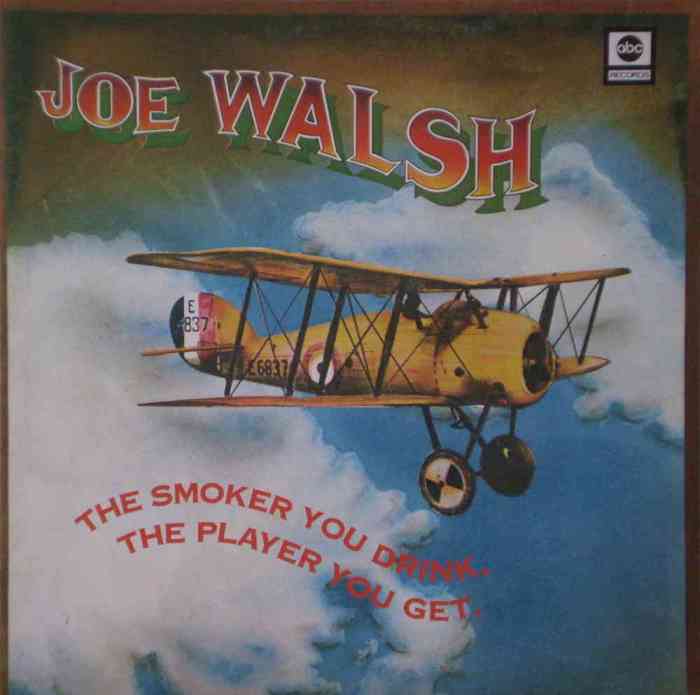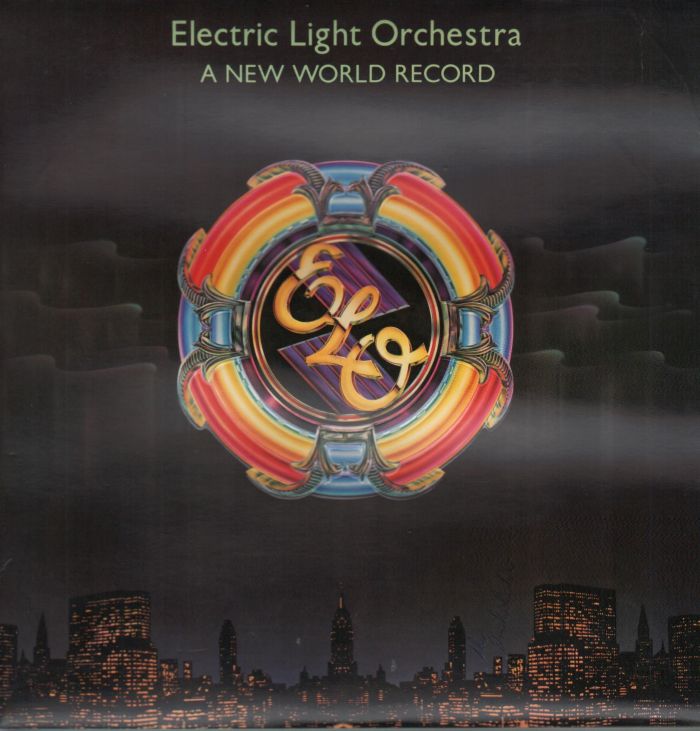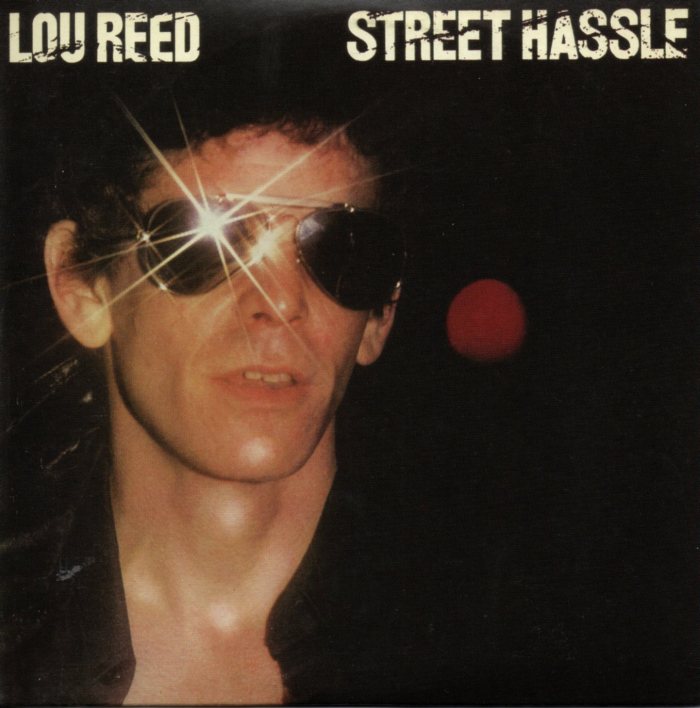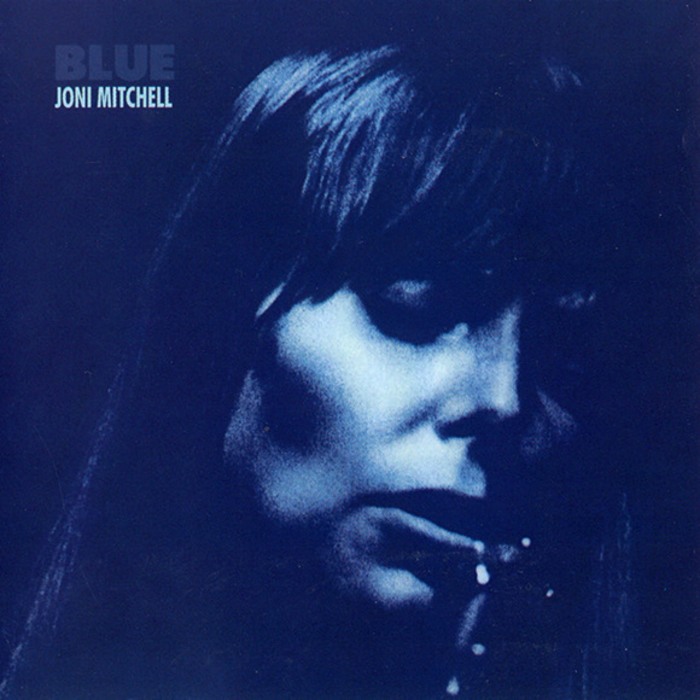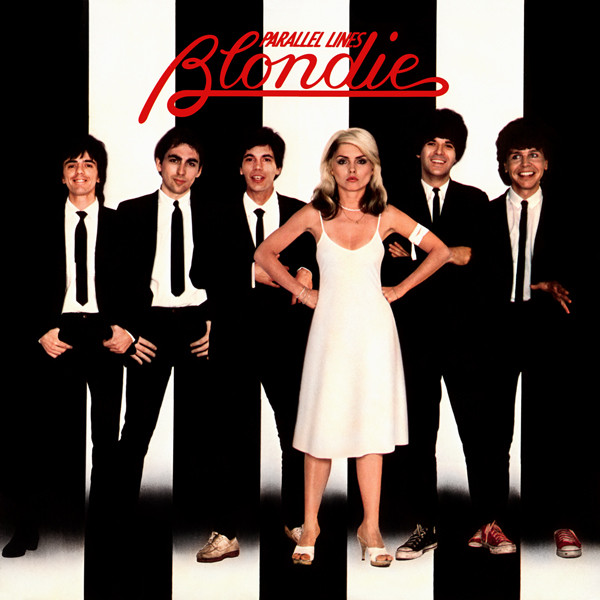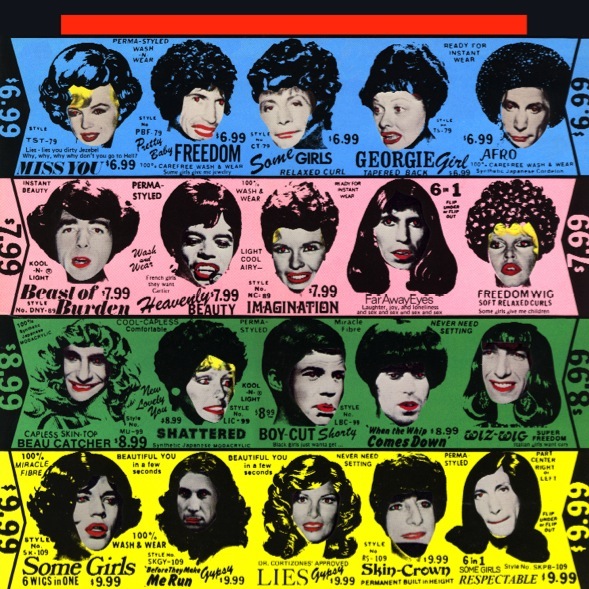Jobriath – Jobriath – Elektra – 1973
Bowie. Bolan. The Dolls. These are the names that we have hallowed through the decades as bastions of glam rock, the genre that defined the early ‘70s urban rock scene. Simultaneously swirling around the glam galaxy was a soft-spoken, fair-featured piano prodigy who called himself Jobriath, and though he is less featured in the annals of music history, his influence is no less felt by generations of flamboyant, theatrical rock performers who came after him.
Often cited as the first openly gay rock star, Jobriath rocketed from musical theatre actor and folk songwriter to full-on glam star in seemingly no time at all, thanks to aggressive marketing strategies from his Svengali-like manager, Jerry Brandt. Jobriath burned hot and bright for a few years, but his star fell just as quickly as it rose, and he spent the remainder of his days living out of the pyramid apartment on the roof of the Chelsea Hotel before his premature death in 1983.
In this episode, we unpack the many ways Jobriath’s story — though shorter than his glam peers — has volumes to teaches us about the genre, changing social norms between the last decades of the 20th century and now, gender and sexuality, and why in the h*ck someone would even want to be famous in the first place.
Listen to Jobriath: iTunes | Spotify
Subscribe on iTunes
Episode notes and postscript corrections
- If you know Jobriath, welcome. If you’re new to the party, there’s room for you here, too.
- Listen, we know Spotify is mostly shady. But, man, we’ve discovered — and re-discovered — so many awesome artists through our Discover Weekly playlists, and that’s worth a shout.
- The hype machine behind Jobriath is very much of its time. We had a lot to say about how we look at it now, and whether or not that could happen today. Have thoughts? Get at us.
- Shoutout to the collapse of the American Dream and its reverberating effect on how we consume culture as a whole!!!
- If you are any kind of sociologist, anthropologist, historian… in that general realm… and want to talk to us about this for show purposes, YOU KNOW WHERE TO FIND US!
- Needless to say, the album bombed and music journalists — mostly men, duh — had a field day writing “you’re a cheap Bowie impersonation” takedowns.
- We stan a good, hit-the-ground-running album opener!
- Revisit our episode on the Rolling Stones’ Some Girls to get an idea of what we’re talking about with this whole Mick Jagger comparison and ~circle of influence~
- Jobriath made great strides as the first openly gay rock star, but it’s interesting to see how much he kept private at the same time.
- Carly is ABSOLUTELY that Theatre Girl who will reference obscure cast recordings, do not @ us!!!
- Again, maybe Carrie’s 21st century cynicism speaking but: When an artist candidly states their desire for fame and a glamorous life, how do you tell what’s authentic? When does their art transcend being something they love and becomes something they do because it gets them fame?
- Okay but seriously, peep the lyrics to “World Without End” and try to tell us culture isn’t cyclical
- Is “Space Clown” just generic brand “Starman”?
- Late-60s/early-70s pop culture was truly wildin’ for space and an abstract view of the future and we love how endearingly dated it ends up being
- “I’m a Man” is an ahead of its time jam and a half, thank you for coming to our TED Talk
- We’ll do an episode on John Cale eventually. We know we bring him up too often for not having given him his own episode to shine.
- Masculinity is so complicated and we cannot believe this song about the ways it can be both aggressive and fragile came out in 1973.
- Like, seriously, we’re only now starting to seriously talk about gender and toxic masculinity and just now see more inclusivity for pop stars challenging gender norms. Shouts to Jobriath for bringing this up decades ago.
- Here’s a quick guide to androgyny in rock — which shows its male privilege and begs us to question: Why weren’t women afforded the same opportunities — or as many opportunities — to gender-bend as their male counterparts?
- In the end, it’s all a flex.
- Once again, we LIVE for the way ‘70s music referenced rock of the ‘50s and how much glam influenced punk.
- Hit up our Blondie episode for more on this
- Musical family trees are our bread and butter, truly.
- It’s incredible see how much Jobriath’s legacy lives on, particularly in very recent history. You know we’ve got a bunch of examples for you in our new and improved master playlist.
- We’ve split our playlists up by season because the one got too big. You’re so welcome!
- Follow season one, season two, and season three (we’re on season three now).
- As always, find and follow us on Facebook and Twitter if you don’t already.
Favorite track(s): I’m A Man (Carly) | I’m A Man (Carrie)
Least favorite track: Space Clown (Carly) | Blow Away (Carrie)
Album credits:
we couldn’t find anything further detailed than “performer” for many of the talent credited
- Jobriath — writer, performer, producer
- Steve Love — guitar
- Billy Schwartz — guitar
- Andy Muson — performer
- Ken Bichel — performer
- Peter Frampton — performer
- Carl Hall — performer
- Tasha Thomas — performer
- Heather Macrae — performer
- Peggy Nestor — performer
- John Syomis — performer
- Gerhard — performer
- Zenobia — performer
Further watching:
Jobriath A.D. – Glam Rock’s Lost God trailer | 2012
“I’m A Man” live on The Midnight Special | 1974
“Rock of Ages” live on The Midnight Special | 1974
Further reading:
Music’s Unsung LGBTQ Heroes | Rolling Stone (June 2018)
The Tragedy of Jobriath, the World’s First Openly Gay Rock Star | Gay Times (May 2018)
The Unbelievably True Story of Jobriath, Music’s First Openly Gay Rock Star | Highsnobiety (April 2017)
The Rise and Fall of Jobriath, Pop’s First Openly Gay Star | AnOther (January 2017)
A Life Story of Glitter and Tragedy | The New York Times (May 2014)
Cole Berlin: An Elegy | The Spectacled Avenger (July 2012)
Jobriath: The Man Who Fell To Earth | The Guardian (March 2012)

